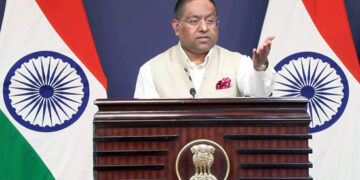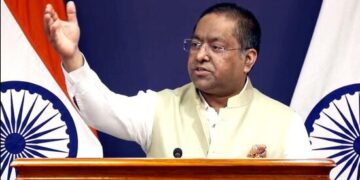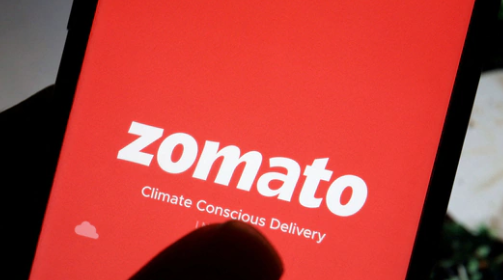A Bengaluru man has sparked a debate over food delivery app pricing after claiming he was charged ₹115 for a delivery fee on Zomato, a cost he equates to the price of an additional dish. The complaint shared widely on social media, has drawn significant attention and raised questions about the transparency and fairness of delivery charges on popular food delivery platforms.
The man, identified as Rajesh Kumar, shared a screenshot of his Zomato order receipt, highlighting the ₹115 delivery fee. “This is the cost of a whole new dish,” Kumar wrote in his post. “It’s outrageous to pay such a high fee just for delivery.”
Kumar’s post quickly went viral, with many users echoing his concerns about the rising cost of food delivery. “I’ve noticed the same thing,” commented another user. “Sometimes the delivery fee is almost as much as the food itself.”
Kumar’s experience underscores a growing concern among consumers about the high delivery fees charged by food delivery services. Many argue that these charges, which often vary based on factors like distance and demand, are becoming increasingly burdensome for regular users of these apps.
In response to the backlash, Zomato issued a statement explaining the rationale behind their delivery fees. “Delivery charges are calculated based on multiple factors, including distance, demand, and operational costs,” the statement read. “We strive to keep these charges as reasonable as possible while ensuring fair compensation for our delivery partners.”
Despite this explanation, many users remain dissatisfied, calling for greater transparency and consistency in how delivery fees are determined. Some have suggested that food delivery platforms should implement a cap on delivery charges to prevent excessive fees.
Kumar’s complaint is not an isolated incident. Consumers across India have been raising similar issues with other food delivery apps like Swiggy and Uber Eats. The increasing delivery fees, coupled with service charges and taxes, are making online food ordering an expensive affair for many.
Consumer advocacy groups have also weighed in, urging food delivery companies to review their pricing structures. “Consumers deserve to know exactly what they’re being charged for and why,” said a spokesperson for a leading consumer rights organization. “Transparent and fair pricing is crucial to maintaining trust in these services.”
As the debate continues, it remains to be seen whether food delivery platforms will make changes to address these concerns. For now, users like Rajesh Kumar hope that their voices will lead to a more equitable pricing system that ensures affordability without compromising the quality of service.








 India
India












